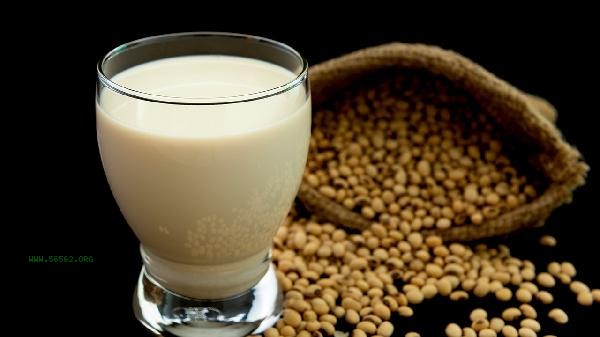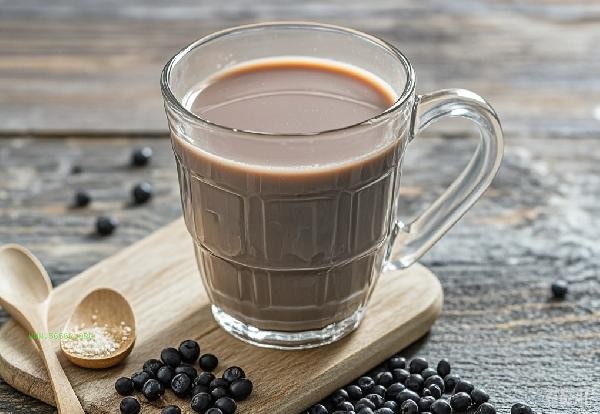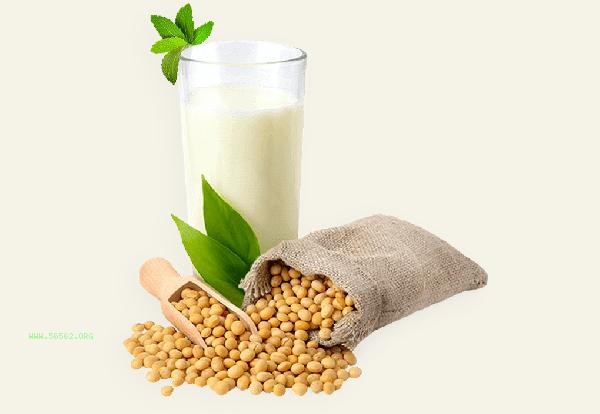The bean dregs from soybean milk can be made into various foods or used for other purposes to avoid waste and increase dietary fiber intake. The processing methods of bean dregs mainly include making bean dregs cake, bean dregs Mantou, bean dregs stir frying, bean dregs fertilizer, bean dregs facial mask, etc.

1. Bean dregs cake
Mix the bean dregs with flour and eggs evenly, add an appropriate amount of seasoning, and fry to make a cake. Bean dregs cake is rich in dietary fiber and plant protein, with a crispy taste, suitable for breakfast or snacks. The dietary fiber in soybean residue helps promote gastrointestinal peristalsis and aid digestion. Ingredients such as scallions and carrots can be added according to personal taste during production to enhance the flavor.
2. Mantou made from bean dregs
The Mantou made from bean dregs and flour after mixed fermentation can improve the nutritional value of pastries. Mantou with bean dregs is rich in vegetable protein and B vitamins, which is suitable for staple food. During the fermentation process, the rough texture of soybean residue becomes softer and more easily absorbed by the human body. When making, it can be paired with whole wheat flour or mixed grain flour to further increase the dietary fiber content.
3. Stir fry with soybean residue
Stir fry soybean residue with vegetables such as green peppers, carrots, etc. to make a high fiber vegetable dish. Stir frying with soybean residue can preserve the nutritional components of soybean residue while increasing the richness of the dish. Bean dregs have strong oil absorption and can reduce the amount of oil used during frying, making them suitable for healthy eating needs. When seasoning, a small amount of soy sauce or spices can be added to enhance the flavor.

4. Soybean residue fertilizer
Soybean residue contains abundant nutrients such as nitrogen and phosphorus, and can be used as an organic fertilizer for household planting. Mixing soybean residue with soil for fermentation and applying it can improve soil structure and promote plant growth. Before use, ensure that the soybean residue is completely decomposed to avoid direct application that may cause root burning. Soybean residue fertilizer is particularly suitable for planting vegetables, flowers, and other plants with high nutrient requirements.
5. Bean dregs facial mask
Bean dregs contain soybean isoflavones and vitamin E, which can be made into natural skin care materials. Mixing fresh soybean residue with honey or yogurt and applying it to the face can help moisturize the skin and shrink pores. Bean residue particles have a slight exfoliating effect and are suitable for use on oily or combination skin. It is recommended to test on the inner side of the arm before use to avoid allergic reactions.

Bean dregs are rich in dietary fiber, plant protein, and various trace elements. Reasonable utilization can not only reduce food waste, but also add nutrients to daily diet. It is recommended to choose a suitable processing method based on personal needs and taste, such as adjusting the proportion of ingredients by paying attention to the hygroscopicity of soybean residue during cooking. Incorporating soybean residue into daily diet can help increase dietary fiber intake and promote intestinal health, but individuals with weaker gastrointestinal function should consume it in moderation. The multiple uses of soybean residue reflect the maximization of food resources and are in line with modern sustainable eating concepts.








Comments (0)
Leave a Comment
No comments yet
Be the first to share your thoughts!